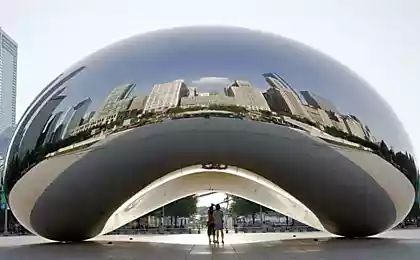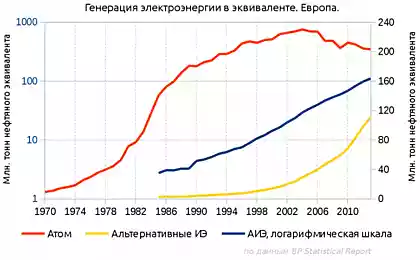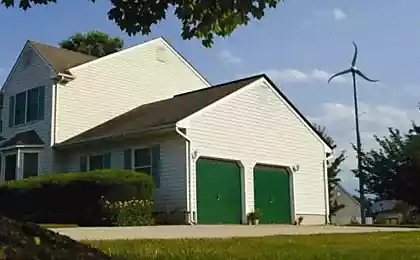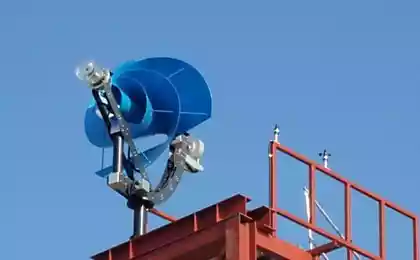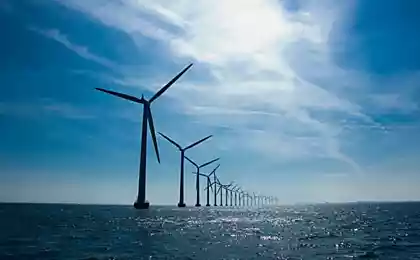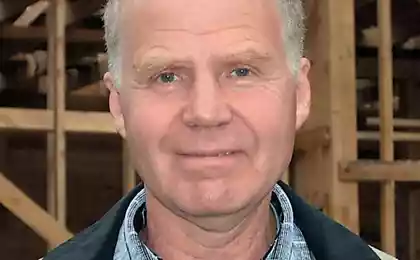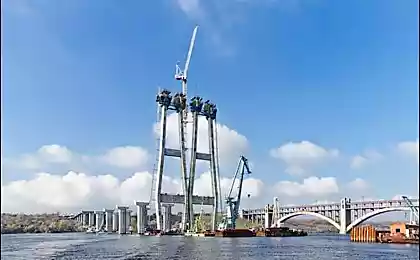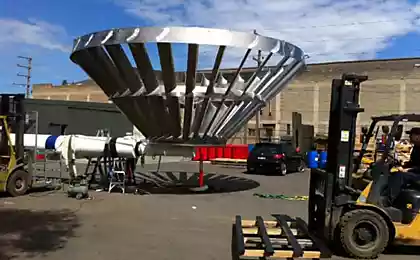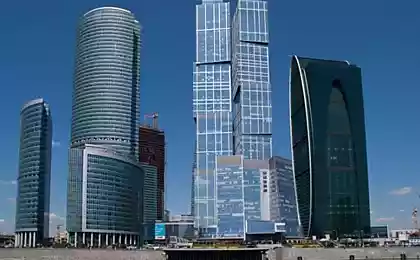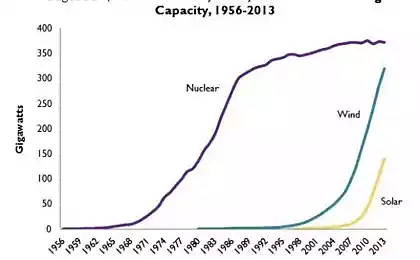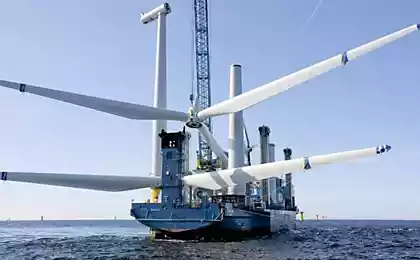467
On the Brooklyn waterfront appeared first large-scale wind turbine.
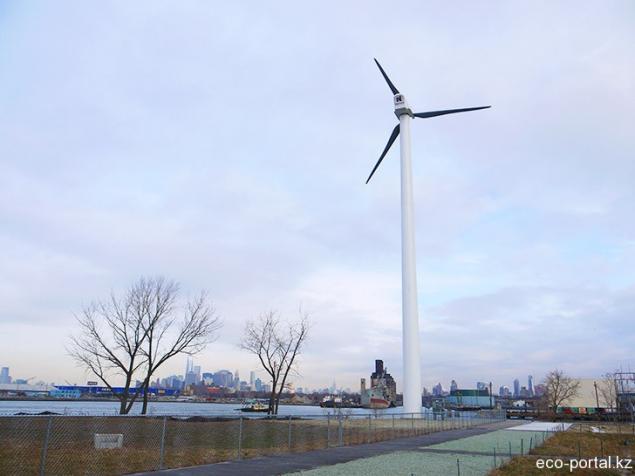
New York city unveiled its first large-scale wind turbine on the Brooklyn waterfront. A wind turbine of 100 kW is the largest of its kind in the city, its debut in Sunset Park Material Recovery Facility (MRF), the main place for the disposal of all plastic new York city (glass and metal waste). Set on the Brooklyn shoreline of the turbine adds pride to the urban landscape by as much as 160 feet. Its wind energy is now combined with the previously existing solar energy installation at 600 kW, which together now produce 20 percent of energy from renewable energy sources.
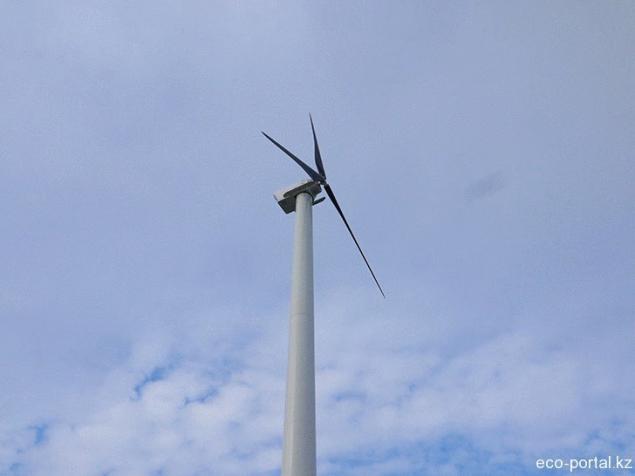

Each month, the Sunset Park MRF in the South Brooklyn marine terminal processes over 15,000 tons of waste from the boroughs of new York, and the new wind turbine was one of the first steps in the direction of sustainable compensation in the amount of energy and cost needed to power this massive object. Most glass, metal and plastic arrives in a barge with other transfer facilities in Queens and the Bronx, as well as a large number of trucks from the rest of the waste from Brooklyn. The development of the MRF has significantly reduced vehicle emissions, congestion and fuel consumption — the equivalent of 150,000 annual truck trips, new York city now freed from having to export most of its waste
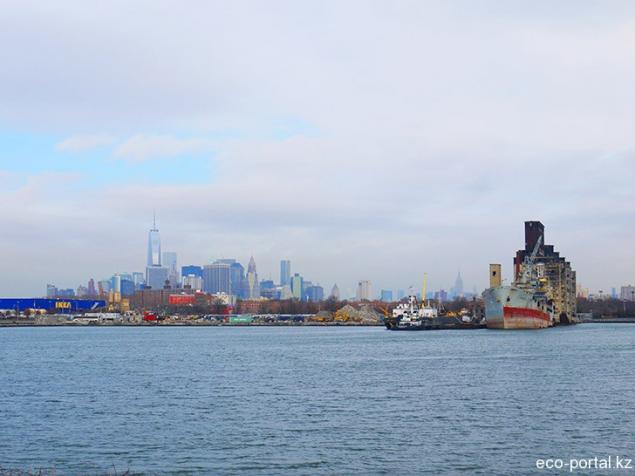
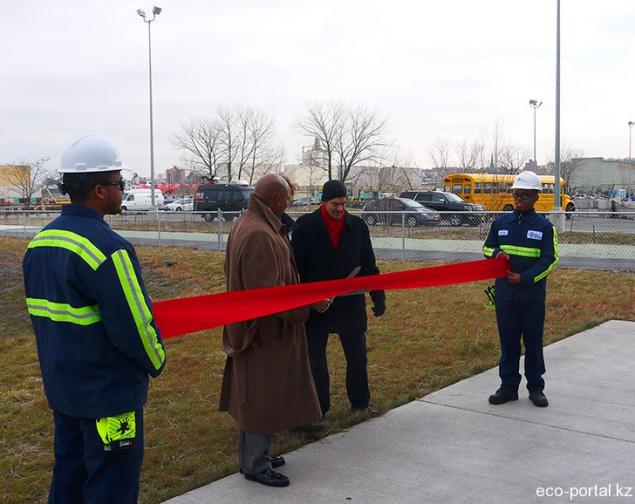
Produced by Northern Power Systems and installed by Aegis Renewable Energy, a 100 kW turbine to debut as the largest commercial turbine in the city, not to be confused with other industrial turbines that exist on wind farms and reach from 500 kW to 3000 kW, and the turbine residential scale, which only produce 25kW and 500 kW of energy.
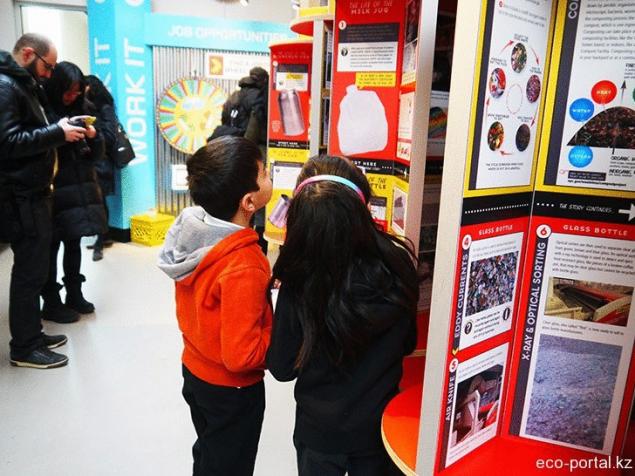
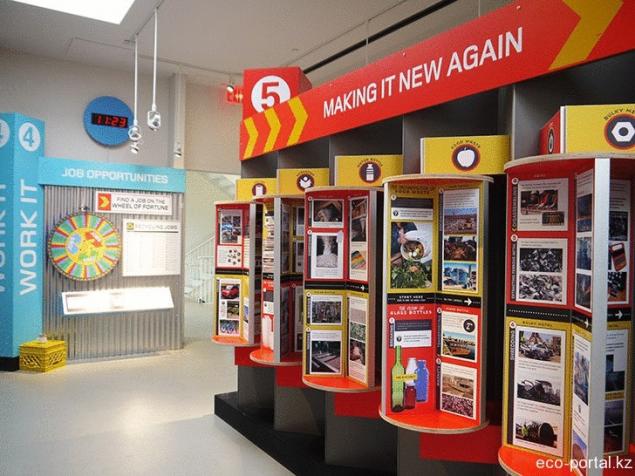
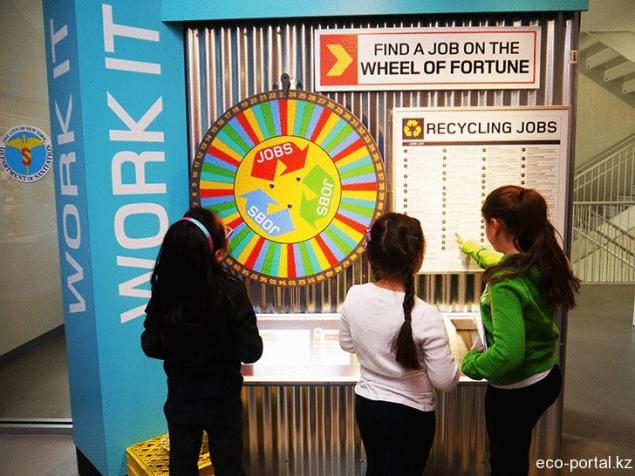
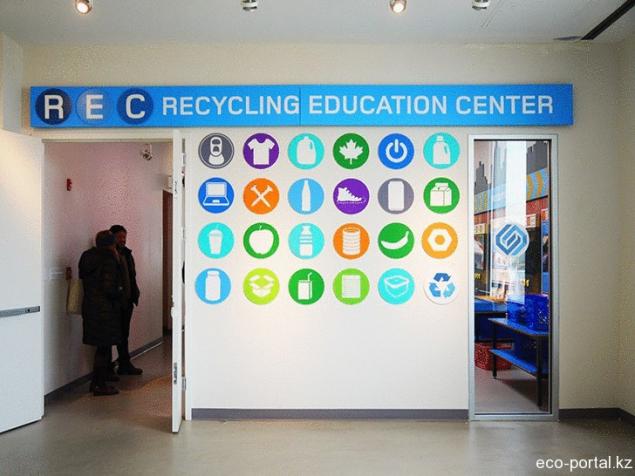
Only one wind turbine alone produces 4% of the energy required to run the Sunset Park Material Recovery Facility. Facility operated by a recycling company Sims Metal Management, the largest recycler in the world in the metals and electronics. The MRF also includes a training center for local youth, which allows you to learn about the recycling process. The sustainable building was designed by Selldorf Architects, the place itself is raised on four feet with glass and rubble from recycled materials from the construction of the Second Avenue subway, which has kept the Brooklyn promenade above the line of flooding, even during hurricane sandy.
